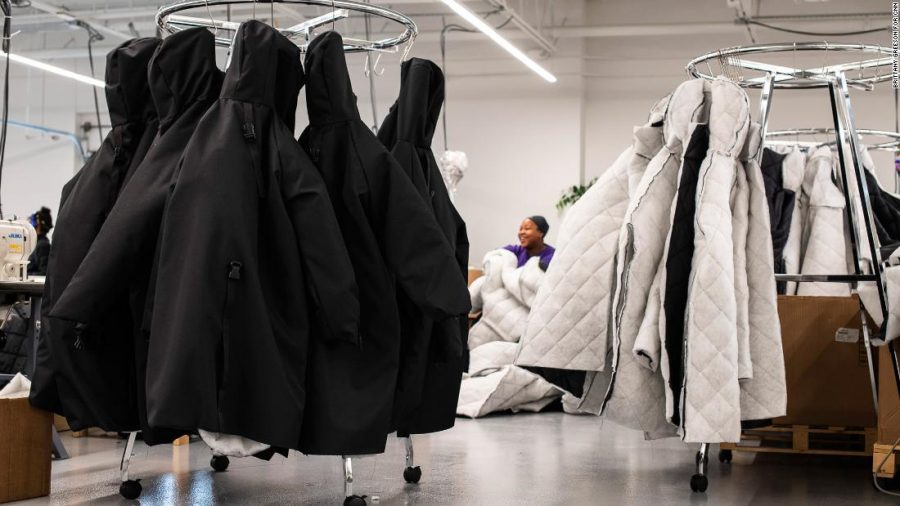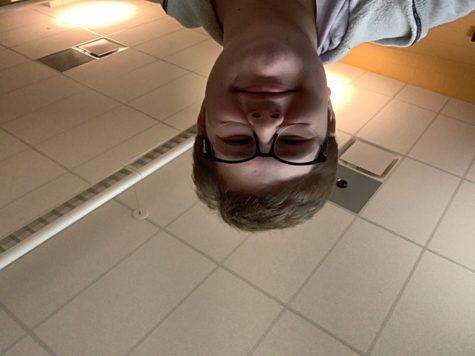Coat Design Helps Homeless People
Michigan Women Invents Coat to Help Defend Homeless People From Frostbite
January 23, 2020
In Detroit, Michigan, a woman invented a coat that functions as a sleeping bag and has a tote bag attached. The innovation is becoming increasingly popular among homeless people as the temperature drops and winds speeds increase.
“This is so much bigger than anything I could have imagined,” said Veronika Scott, the 30-year-old and founder of the Empowerment Plan.
Scott bounced in and out of homelessness through out her childhood. At one point, everything Scott had could fit into a backpack. Inside the backpack, there was a sketchbook, which helped fuel Scott’s love for drawing and art. That love for art — along with scholarships and financial aid — got her into the College for Creative Studies in Detroit, where she majored in product design.
Her plans took a detour when she was presented with a task: Design a project that fulfills a need in the community.
“We were just Googling ‘needs in Detroit'” Scott recalls.
She learned hundreds of freezing homeless people couldn’t get into shelters that were already full. So, with no experience in clothing design, she decided to design a coat that turned into a sleeping bag. She took her early prototypes to a local shelter to get feedback from homeless people. But, her biggest epiphany came when a woman at the shelter started, “full-on yelling at me.”
The program is funded through private gifts. Each $125 donation pays for the materials and labor for one coat, and donors can request coats go to specific communities or wherever the greatest need is.
Around 553,000 people were reported homeless in January of last year.




